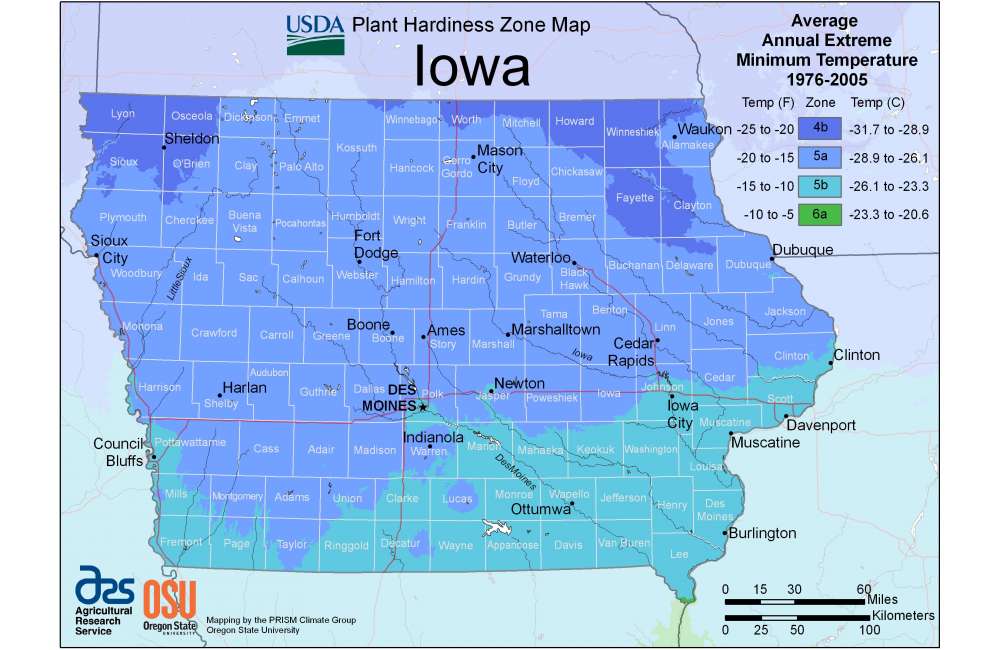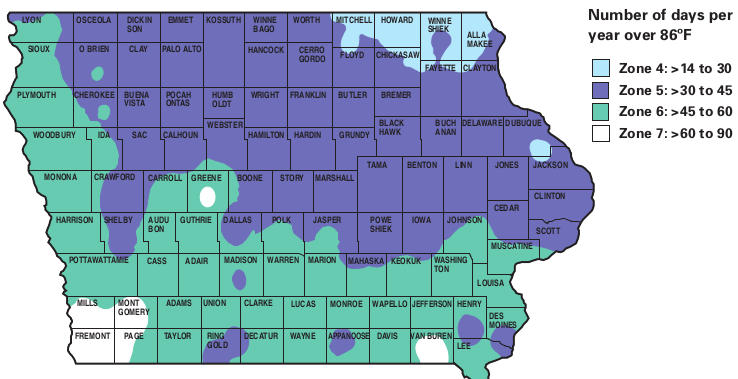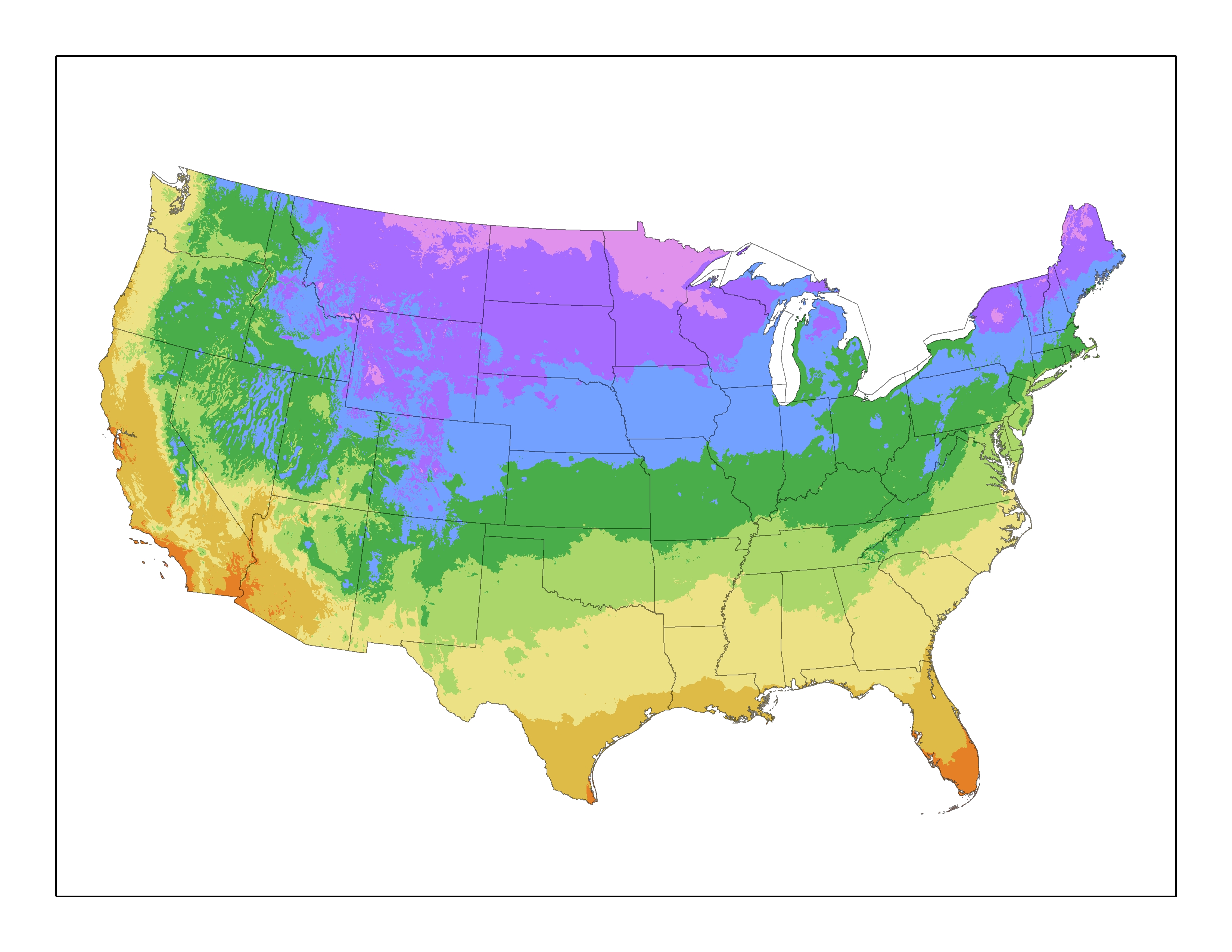Plant Growing Zones
You may have overheard someone talking about what “zones” a plant is rated for or come across maps with colored zones across the U.S., but what are these “zones” that gardeners and horticulturalist like to talk about?
The “zones” that are being referred to are really geographic areas determined by temperatures across the U.S. They’re useful for helping determine what plants will thrive in your area and which will struggle. Plants are often rated for zones, and so if you are wondering if a certain plant will grow in your garden, you can check a map and look up a Zone rating to see if they match up. But which map should you look at?
Hardiness Zones vs Heat Zones
There are two different types of ratings for plants corresponding to the different zones across the U.S. There are hardiness zones (determined by the USDA) and heat zones (determined by the AHS). All plants are rated for hardiness zones but not all are rated for heat zones.
Hardiness zones are a measure of the average annual minimum winter temperature in an area over a 30-year period. What this number provides is a measure of likely winter minimum temperatures a plant might face. We know how different plants handle the cold, and so this information then allows the USDA to rate plants ability to grow in an area based on the coldest winter temperatures they are likely to face.

On the opposite end, heat zones are a measure of the number of days an area experiences temperatures above 86 degrees Fahrenheit. Zones range from 1 (less than one day of heat above 86 degrees) up to 12 (210 or more days of heat). The importance of a plant’s heat rating comes into play when a plant may survive the harsh winters of an area, but not tolerate the harsh summers. Conversely, a plant may be able to withstand the heat all over the US, but isn’t hardy enough for winters except in the warmest places.

Other Factors
But knowing that a plant is rated for your hardiness and heat zones, doesn’t necessarily mean it will thrive if you plant it. This is because a number of other factors effect a plant’s health such as soil composition, water, shade/sunlight exposure, and microclimates. These factors can change the average lows and highs in an area and thus effect the ability of plants to grow there.
So while a plant may be rated hardy by the USDA, it’s important to keep in mind this is hardiness relative to minimal temperatures, not to water and other environmental conditions.
If you still aren’t sure what will survive in your garden, ask a local expert! Landscaping firms and plants stores staff people who can tell you what will grow well in your area and what won’t.
More information/sources:
USDA Plant Hardiness Zone Map, 2012. Agricultural Research Service, U.S. Department of Agriculture. Accessed from https://planthardiness.ars.usda.gov.

